Popular
How to Build the Perfect Oral Care Routine in 2025
Jul 30
Why Your Gums Bleed and How to Fix It Fast in 2025
Jul 30
Top 5 Oral Care Mistakes and How BrushO Fixes Them
Jul 29
What Makes a Toothbrush “Smart”?
Jul 22
BrushO Smart Toothbrush: Gentle, Powerful, Travel-Friendly
Jul 19
BrushO: The Future of Smart Oral Care—Redefining the Way You Brush
Jul 17
Back
Dental AnxietySep 11
Sep 11
Dental anxiety is one of the biggest reasons people avoid dental visits. Research shows that up to 36% of adults experience some level of fear, and nearly 12% have a severe dental phobia that keeps them away from treatment entirely. This leads to a dangerous cycle: fear → avoidance → worse oral health → greater fear. In this article, we’ll explore the causes of dental anxiety, the risks of skipping appointments, coping strategies, and why smart tools like BrushO FSB300 can transform daily oral care into a calmer and more confident experience.
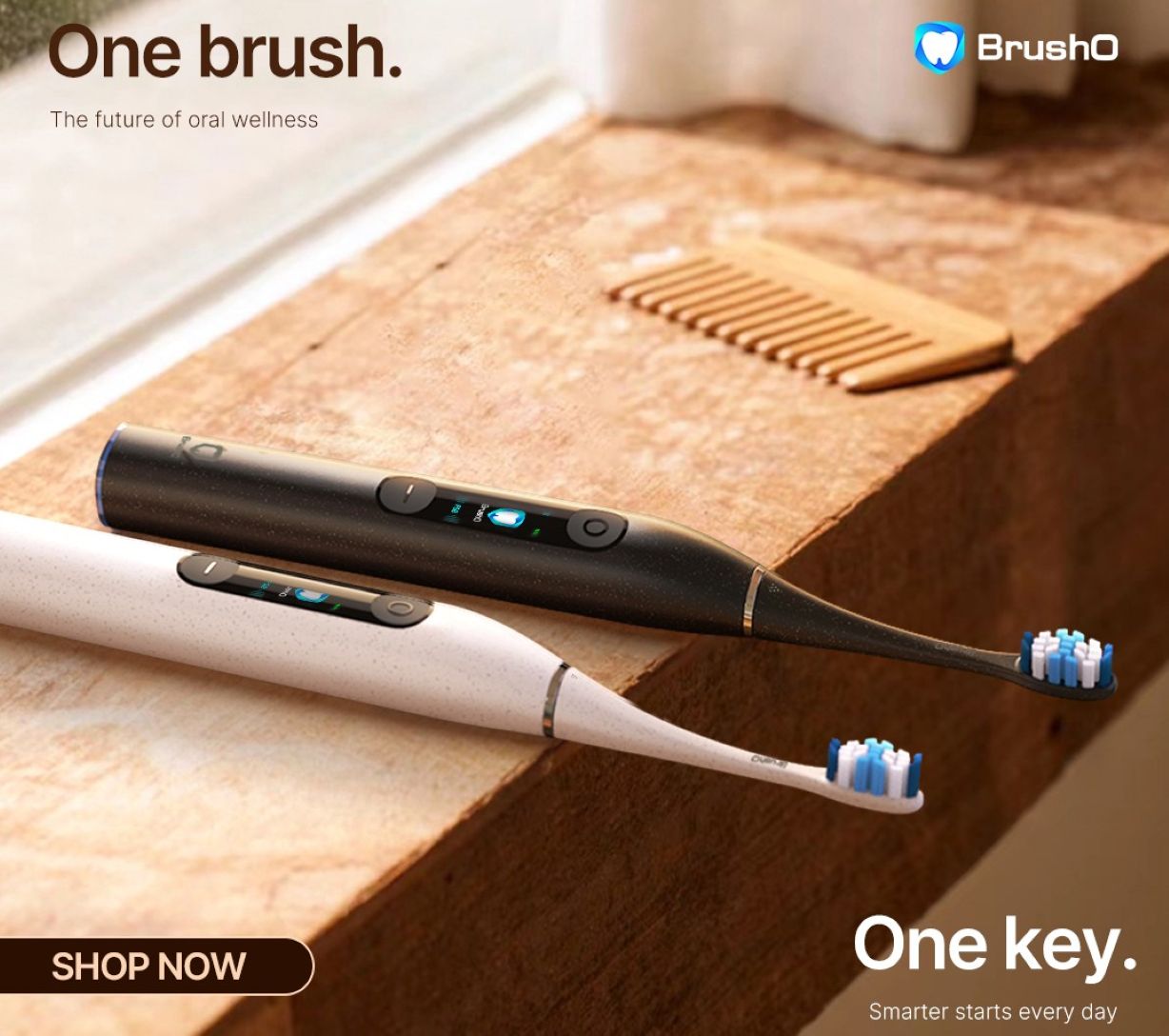
What Is Dental Anxiety? 🦷
Dental anxiety is more than a little nervousness; it’s an intense stress response connected to dental treatment.
- Prevalence: Around 1 in 3 adults report dental fear.
- Triggers: Pain, needles, drilling sounds, bright lights, or medical smells.
- Impact: High anxiety often leads to delaying or cancelling dental visits, which worsens oral health and increases long-term risks.
👉 The cycle of fear and avoidance is why dental anxiety is such a serious public health issue.
Why Do People Avoid Dental Visits?
Fear of Pain
- Memories of painful treatments stick, even though modern dentistry uses anesthesia effectively.
Cost Concerns
- Without dental coverage, costs can be overwhelming—leading patients to delay until it’s too late.
Embarrassment
- Shame about tooth decay, gum disease, or bad breath keeps many away from the very care they need.
Sensory Overload
- Bright lights, antiseptic smells, and the sound of drills can feel overwhelming.
Loss of Control
- Being unable to talk or move while a dentist works creates feelings of vulnerability.
Who Struggles Most With Dental Anxiety? 👥
Children: Fear injections and strange equipment; early bad experiences often last into adulthood.
Young Professionals: Delay visits due to cost or busy schedules.
Middle-Aged Adults: Avoid out of embarrassment or fear of bad news.
Seniors: More prone to loss of control, fears and worry about discomfort.
👉 Each group experiences dental anxiety differently—but all face serious risks when avoiding care.
The Risks of Avoiding the Dentist ⚠️
Untreated cavities → infections, abscesses, or extractions.
Gum disease → higher risk of heart disease, stroke, and diabetes.
Tooth loss → affects chewing, speech, and confidence.
Higher costs → a $100 filling becomes a $1,000 root canal when delayed.
Skipping visits is not just about your smile—it’s about long-term health.
Coping Strategies for Dental Anxiety 🧘
Gradual Exposure
- Start with cleanings before tackling complex treatments to rebuild comfort.
Open Communication
- Tell your dentist about fears. Many now use “tell-show-do” methods or hand signals to give patients more control.
Sedation Options
- Nitrous oxide or light sedation can help highly anxious patients relax.
Relaxation Techniques
- Deep breathing, meditation, or music can lower stress before and during visits.
Digital & Preventive Care
- Teledentistry and smart home care reduce the need for invasive treatments, cutting down on visits that trigger fear.
How BrushO Helps Reduce Dental Anxiety 🤖
Dental anxiety often stems from uncertainty and lack of control. BrushO FSB300 is engineered to restore both:
- 64,000 RPM Maglev Motor with Anti-Splash Design ⚡
Delivers one of the highest speeds in the industry, but with smooth, stable vibrations and no messy splatter. This creates a calm, predictable brushing routine that feels safe and controlled.
- Sensitive & Gum-Care Modes 🌿
Many anxious patients fear pain. BrushO’s gentle modes protect enamel and gums, preventing discomfort from overbrushing.
- AI-Powered Real-Time Feedback 📲
The BrushO app shows exactly where you brushed, what you missed, and how to improve—turning uncertainty into confidence.
- Progress Tracking & Motivation 📈
Anxiety fades when you see measurable results. BrushO tracks scores and progress over time, helping users feel in control of their oral health.
- Family Profiles for Shared Care 👨👩👧
Parents can monitor kids’ brushing habits, easing worries about their dental future and reducing the likelihood of emergency visits.
👉 With BrushO, prevention becomes proactive, predictable, and stress-free—helping anxious patients avoid the very situations they fear most.
FAQ: Dental Anxiety
Q1: How common is dental anxiety?
Up to one-third of adults report some fear, with about 12% experiencing a severe phobia.
Q2: Can avoiding the dentist harm your health?
Yes, untreated issues raise risks of gum disease, infections, and systemic illnesses.
Q3: How can I reduce dental anxiety at home?
Strong preventive care with smart tools like BrushO lowers the chance of needing stressful treatments.
Dental anxiety is widespread, but avoiding the dentist only makes problems worse. The good news is that you can break the cycle. By understanding triggers, practicing coping strategies, and using smart preventive tools like BrushO FSB300, you gain control over your daily oral health. That means fewer emergencies, lower costs, and less stress when it’s time to see the dentist.
Popular
How to Build the Perfect Oral Care Routine in 2025
Jul 30
Why Your Gums Bleed and How to Fix It Fast in 2025
Jul 30
Top 5 Oral Care Mistakes and How BrushO Fixes Them
Jul 29
What Makes a Toothbrush “Smart”?
Jul 22
BrushO Smart Toothbrush: Gentle, Powerful, Travel-Friendly
Jul 19
BrushO: The Future of Smart Oral Care—Redefining the Way You Brush
Jul 17
Recent Posts

Why BrushO Tracks What Your Dentist Notices Too Late
Discover why BrushO tracks brushing mistakes your dentist often notices too late. Learn how real-time brushing data prevents cavities, gum disease, and enamel damage before they start.
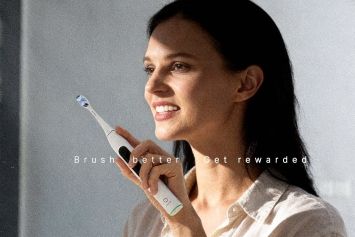
How BrushO Built the Future Toothbrush
Discover how BrushO redefined the electric toothbrush through uncompromising design, advanced engineering, and real user-centric features that elevate your daily brushing experience.

How to Stop Brushing Your Teeth Too Hard
Brushing too hard can damage your teeth and gums over time. Learn the signs, risks, and simple ways to improve your brushing technique for healthier oral care.
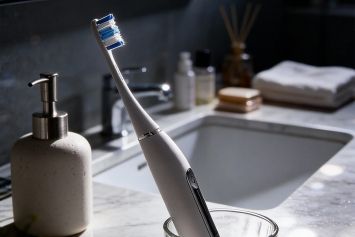
How Hormonal Changes Affect Your Gum Health
Hormonal changes can significantly impact gum health, causing inflammation, bleeding, and sensitivity. Learn how to protect your gums through proper brushing habits and smart oral care.
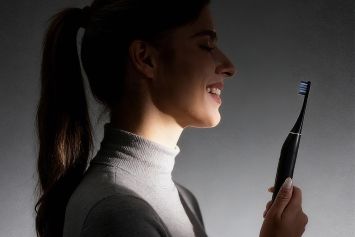
Is Your Diet Sabotaging Your Oral Health?
Certain foods may be damaging your teeth without you realizing it. Discover how your diet affects oral health—and how smarter brushing with BrushO can help protect your smile.
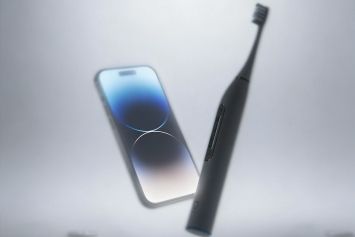
Why Your Brushing Time Doesn’t Matter Without Technique
Brushing for two minutes isn’t enough if your technique is off. Learn why brushing time means little without proper angles, pressure, and coverage—and how BrushO helps perfect your routine.

The Truth About Mouthwash
Is mouthwash really necessary? Discover the truth about mouthwash—what it does, what it doesn’t, and how it fits into a complete oral care routine with BrushO.
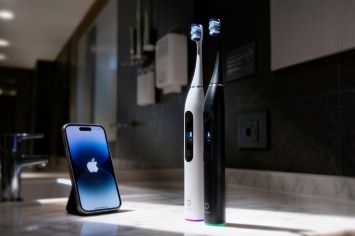
Is Your Toothbrush Making You Sick?
Wondering if your toothbrush is spreading more germs than it’s removing? Discover how improper toothbrush hygiene can impact your health—and how BrushO helps keep your mouth truly clean.
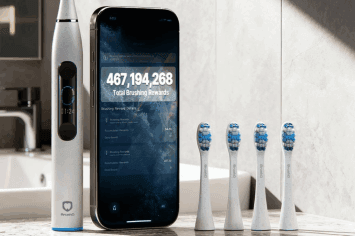
Are You Ignoring the Roof of Your Mouth?
Most people forget to clean the roof of their mouth when brushing. This overlooked area can harbor bacteria and affect your overall oral health. Learn how to clean it properly and how BrushO helps cover every zone.
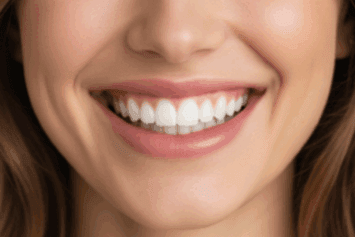
The Problem with Only Brushing the Front of Your Teeth
Only brushing the front of your teeth leaves hidden areas exposed to plaque, decay, and gum disease. Learn why full-mouth coverage matters and how BrushO ensures every tooth surface gets the attention it deserves.
